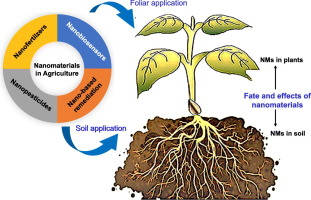Nanotechnology in Agriculture: Enhancing Crop Yield and Quality

About Course
Imagine boosting crop yields, improving food quality, and combating plant diseases — all with particles a thousand times smaller than a grain of sand. Welcome to the exciting world of Nanotechnology in Agriculture, where cutting-edge science meets the age-old art of farming. This course unpacks how nanoparticles are revolutionizing agricultural practices, from targeted nutrient delivery and pest control to improving soil health and environmental sustainability.
Whether you are a student of agriculture, a researcher in nanoscience, or a tech-savvy farmer, this course will help you explore how nanoscale innovations are transforming the way we grow our food. With real-world examples and simplified explanations, you’ll gain a clear understanding of the immense potential — and important challenges — of nanotechnology in the fields and farms of the future.
Course Content
Introduction
Definition of Nanotechnology in Agriculture
00:00Significance of Nanotechnology in Agriculture
00:00Purpose of the Ebook
00:00